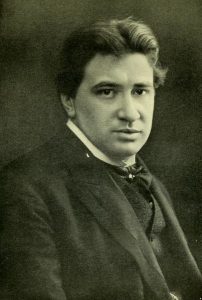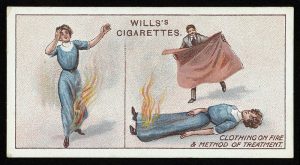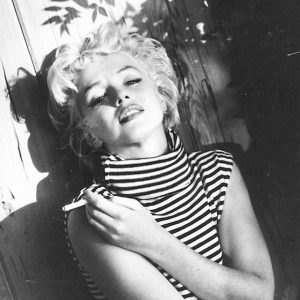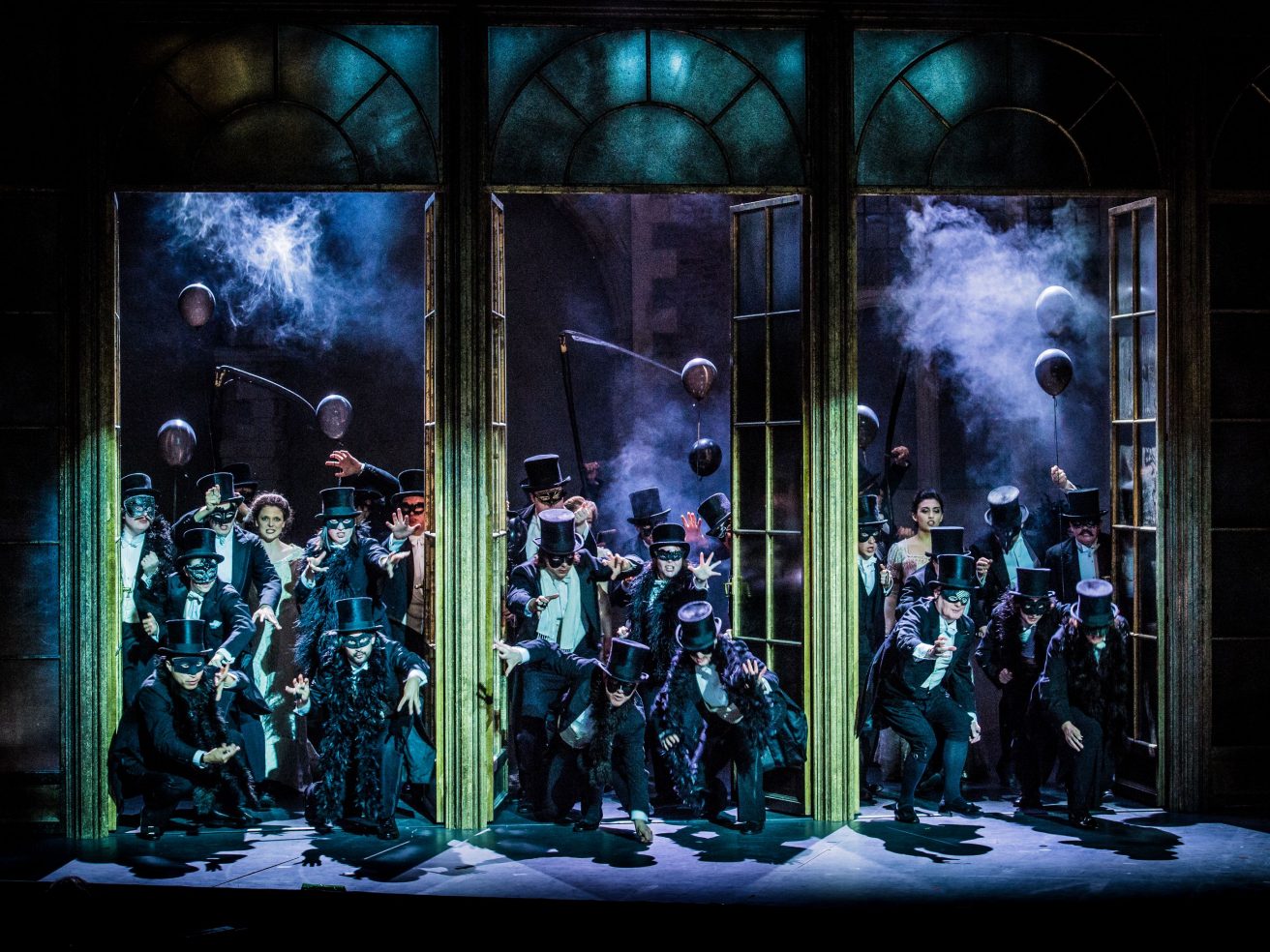The Perfumed Vice: Susanna’s Secret was our first panel event of the year, examining Wolf-Ferrari’s Il segreto di Susanna.
Aside from the wit and charm of the libretto and music, the one act farce for two singers and a silent actor is known for only one thing: the fact that its heroine smokes.
So how did Wolf-Ferrari come to write this particular comedy in 1909? To put Il segreto di Susanna in context, we brought together Donald Macleod of BBC Radio 3, Josh Spero, author and art critic, and Dr Rosemary Elliot of the University of Glasgow.
Listen to the podcast of this event here.
Donald Macleod introduces Wolf-Ferrari
Hermann-Friedrich Wolf – that was the name that appeared on Wolf-Ferrari’s baptismal certificate – was born on January 12, 1876, in Venice. He decided to balance the dichotomy of his circumstances with the double barrel in his surname, conjoining his Bavarian dad’s name – painter, August Wolf – with his mother’s, Emilia Ferrari, who was from a noble, Venetian family.
As you hear when you listen to it, Wolf-Ferrari’s music reflects that basic duality. On the one hand, the German mastery of counterpoint and orchestration; on the other, what we might think of typically as Venetian grace, melodic inspiration and lyricism.

Ermanno Wolf-Ferrari, ca. 1906
He’s been described as immersing himself completely in the music of the past to create a continuity with Mozart or Rossini, who for him embody universal, timeless values. This at a period when Mascagni’s verismo and the psychological theatre of Puccini were all the rage. Reeking of the past as his music did, in post-war Italy, when anything even remotely recalling the war and Italy’s facist era was emphatically rejected, pretty much meant curtains for Wolf-Ferrari.
Reading the pathetically meagre amount of material about the composer, he emerges as a gentle man with a rather childlike manner. His music always reflected a certain conservative bent. Writers have speculated that his anguished situation during World War One, when the two countries of his heritage were in conflict with one another, was something that he never recovered from.
He suffered from depression after the war and divorced his wife. In the 1940s, the destruction and closure of most of the German theatres along with the post-war change of taste, led Wolf-Ferrari to descend into poverty and further depression, and he died of a heart attack in 1948, buried in Venice’s cemetery island of San Michele.
Josh Spero discusses historical depictions of smoking in art
Cigarettes are, from the start, for men. This is what people who make cigarettes want us to believe. Cards from early cigarette packets show, for example, a woman on fire, because what else do women do but be on fire? It’s not clear why she’s on fire, but perhaps she’d had a cigarette and used it wrongly. Maybe that’s a warning that women shouldn’t smoke.

Wills’s Cigarette Card, Wellcome Collection
A slightly different approach was to show a woman looking like she’s having a really good time while smoking. In these images there seems to be something phallic going on, and you can see how these are aimed at men – they suggest that by smoking you will arouse your woman.
But then women, goddamn, took up smoking. They couldn’t stop them. But that didn’t mean that society wouldn’t view them as doing something mannish. In one Punch cartoon from the time there is a woman ‘man-spreading’ on a sofa while a scared-looking man moves away from her, implying that she’s too dominant. In another cartoon we see some women playing cards, a man’s activity, and discussing the breaking off of an engagement because ‘he wanted her to give up gambling and smoking and she wouldn’t’.
A little bit later, however, smoking became glamorous. One film from the time, which is great on smoking, is Now, Voyager, a 1942 film with Bette Davis and Paul Henreid. In one particular scene they’re both smoking, he has two cigarettes in his mouth, they look like they’re about to kiss, and as Hollywood goes it really is up there. They both look great, and it’s smoking used in a sexual context.
There are literally millions of other examples: Marilyn Monroe, Lauren Bacall, Elizabeth Taylor. Could smoking be more glamorous? This is the peak of Hollywood’s love affair.

Marilyn Monroe smoking,
But in the 1950s we started to realise that cigarettes are incredibly bad for us. Smoking started to tail off and become unacceptable, therefore it became rebellious, and obviously artists are the greatest rebels of all. You have artists like Nan Goldin representing smoking as part of identity and self-expression, and you have the young British artist Sarah Lucas, who sees cigarettes as a way to represent herself. She wants to show it as a joyful thing to celebrate; that doesn’t have to be societally determined but is very individualistic.
Dr Rosemary Elliot discusses the socio-cultural history of smoking
For much of the early 20th Century, smoking was seen as a masculine habit. When cigars gained popularity, they became symbolic of male space, and the main form of tobacco consumption in England and on the continent was cigars.
This was a time of emphasis on gender differences, with men seen as rational, intellectual beings and women as mentally unstable and constantly in flux. Therefore, women were seen as coping with this in two ways – by rising above it with superior moral virtue, or as the fallen woman. And women who smoked at this point were associated with immorality and, indeed, prostitution.
By the late nineteenth century, as cigarettes gained in popularity, you see women arguing that a cigarette is actually a feminine article. Lady Colin Campbell wrote in 1893: ‘The inherent ugliness of the pipe would rightly always mitigate against its universal adoption by women, whereas the cigarette seems to have been created especially for feminine fingers and lips’. (‘A Plea for Tobacco’, English Illustrated Magazine)
So given that Il segreto di Susanna was premiered in Munich in 1909, how far did these discourses spread beyond England? We see references to smoking on the continent, and references to women doing so. Margot Asquith’s 1920 biography describes, when she’s in Dresden, sitting with her hostess ‘in loose moments smoking cigarettes and eating black cherries; we discussed Shakespeare, Wagner, Brahms, Middlemarch, Bach and Hegel, and the time flew’, so smoking is associated with being intellectual. We also see in 1911 that mechanised, mass-produced cigarettes are being introduced, aimed at the female smoker.
And what is the connection between smoking and marriage? The first example returns to Lady Colin Campbell, who was involved in a sensational divorce case. She had sued her husband for adultery and cruelty, while her husband had counter-sued her for adultery. His proof was that she had been seen smoking. Another witness said she had seen her returning with a man who was not Lord Campbell, and that they had found the end of a cigar in an ashtray in the hallway.
This case is not alone in connecting smoking and divorce. For example, a French husband filed for divorce by reason of suspicious conduct, because his wife’s clothes occasionally exhaled an odour of tobacco. Another husband, charged with cruelty, had allegedly thrown a coffee pot at his wife’s head. He defended himself by saying that he had discovered her smoking cigarettes, which he had forbidden, and that she was a bicycle rider who persisted in going out alone on the streets at night. And in Brooklyn a man sued for divorce, accusing his wife’s set – ‘they meet at each other’s houses’, he alleged, ‘to smoke, drink and tell stories’.
It seems that the Count in Il segreto di Susanna is a man of his times in some ways.
So it seems that the Count in Il segreto di Susanna is a man of his times in some ways. He accuses his wife of adultery when he smells smoke on her, although he does not ultimately take her to the divorce court – maybe from relief that there is not another gentleman on the scene. Instead he takes the decision to join his wife in smoking.
In this sense, the opera also seems to speak to modernity – it inverts the usual trope whereby the woman frowns on being excluded from male smoking and turns it on its head. Rather than seeing smoking as a sign of suspicion or great impropriety, Wolf-Ferrari’s opera positions it as an opportunity to start to dismantle the separate spheres which characterise the 19th Century marital state.
Il Segreto di Susanna opens a double bill with Tchaikovsky’s Iolanta, which can be seen at Opera Holland Park from 22 July-3 August.
The next panel discussion in our pre-season event series is Maternal Instincts: Cilea’s Rosa Mamai, Verdi’s Amelia and the mother in opera. This takes place on Tuesday 26 March at the Italian Cultural Institute. Tickets are on sale now.


